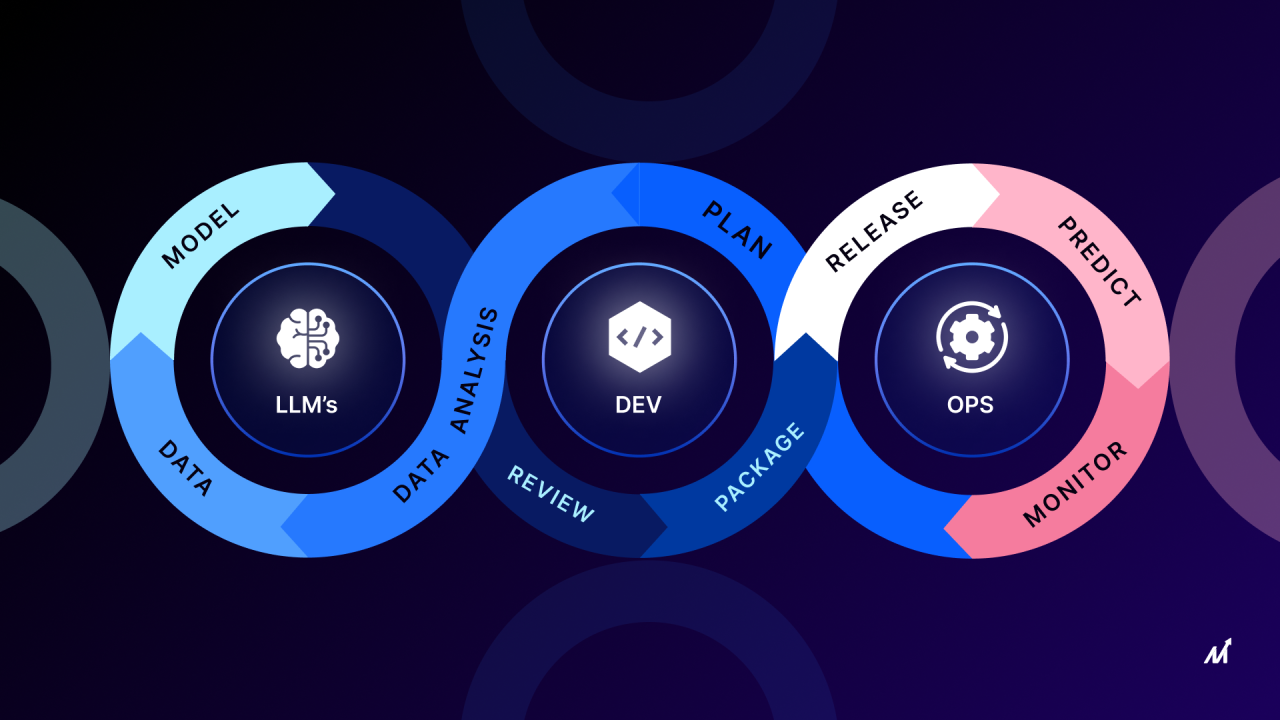
Implementing LLMOps: Key Strategies for Success
Best Practices to Streamline LLMOps in Your Organization
Successfully integrating LLMOps into an organisation hinges on several key factors: having a clear plan, organising your data, and maintaining proper oversight of your models. If you want to enhance your business operations with AI development services , contact us today to discover how we can help.
Establishing a Robust LLMOps Framework
The first step to implementing LLMOps is creating a solid framework that covers the entire lifecycle of large language models (LLMs). This framework should define processes, tools, and best practices for developing, deploying, and managing LLMs in production environments. Additionally, it's essential to involve all key stakeholders, such as data scientists, ML engineers, and DevOps teams, to ensure a collaborative approach and unified goals.
Data Preparation and Feature Stores
Data preparation is a crucial component of LLMOps. The process starts by gathering and organising all relevant data to prepare it for training the LLMs. Leveraging feature stores can significantly streamline this phase, as they help manage and store preprocessed data features. Feature stores make data management more efficient and ensure data consistency is maintained across various LLM projects.
领英推荐
Model Versioning and Management
As LLMs are developed and refined, tracking different model versions and their dependencies is critical. Model versioning and management tools are essential in tracing each model's history, ensuring reproducibility and enabling smooth rollbacks when necessary. This level of traceability is invaluable when investigating production issues or maintaining model stability.
Continuous Monitoring and Logging
Once LLMs are deployed, continuous monitoring and logging are essential to ensure optimal performance. Implementing comprehensive monitoring systems allows you to track key performance metrics, detect anomalies, and resolve issues in real time. Setting up alerts and dashboards provides clear visibility into the health of your models, ensuring they function as expected.
Encouraging Collaboration and Communication
Effective collaboration between teams is critical for successful LLMOps. Clear communication channels should be established between data scientists, ML engineers, DevOps teams, and other stakeholders to foster collaboration. Regular meetings, documentation, and knowledge-sharing sessions help create an environment of teamwork and alignment.
Read our full article: LLMOps